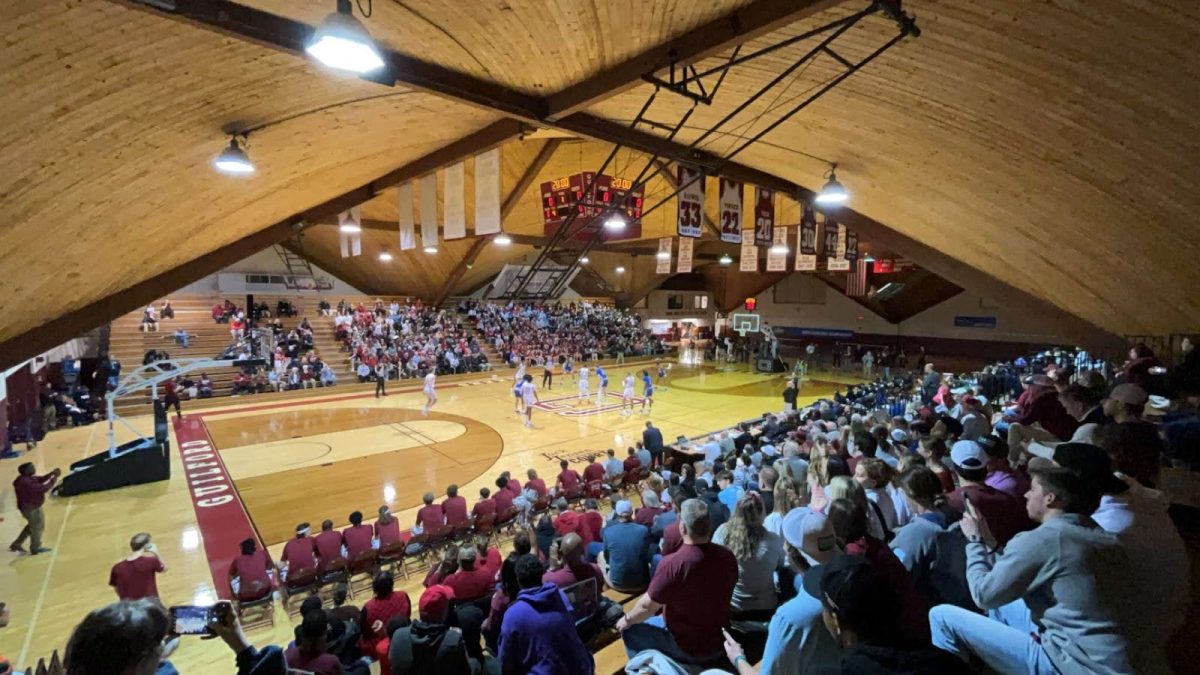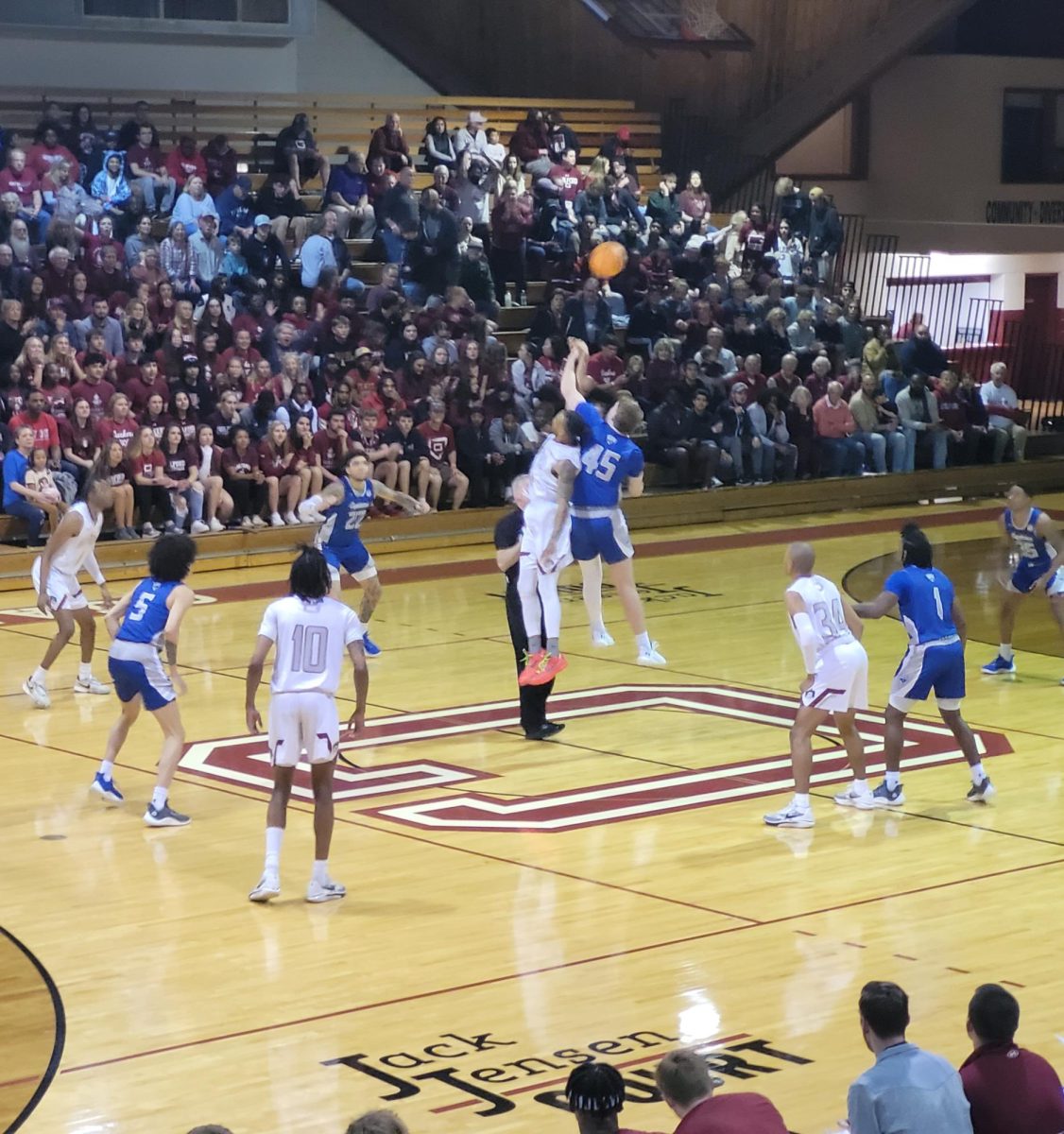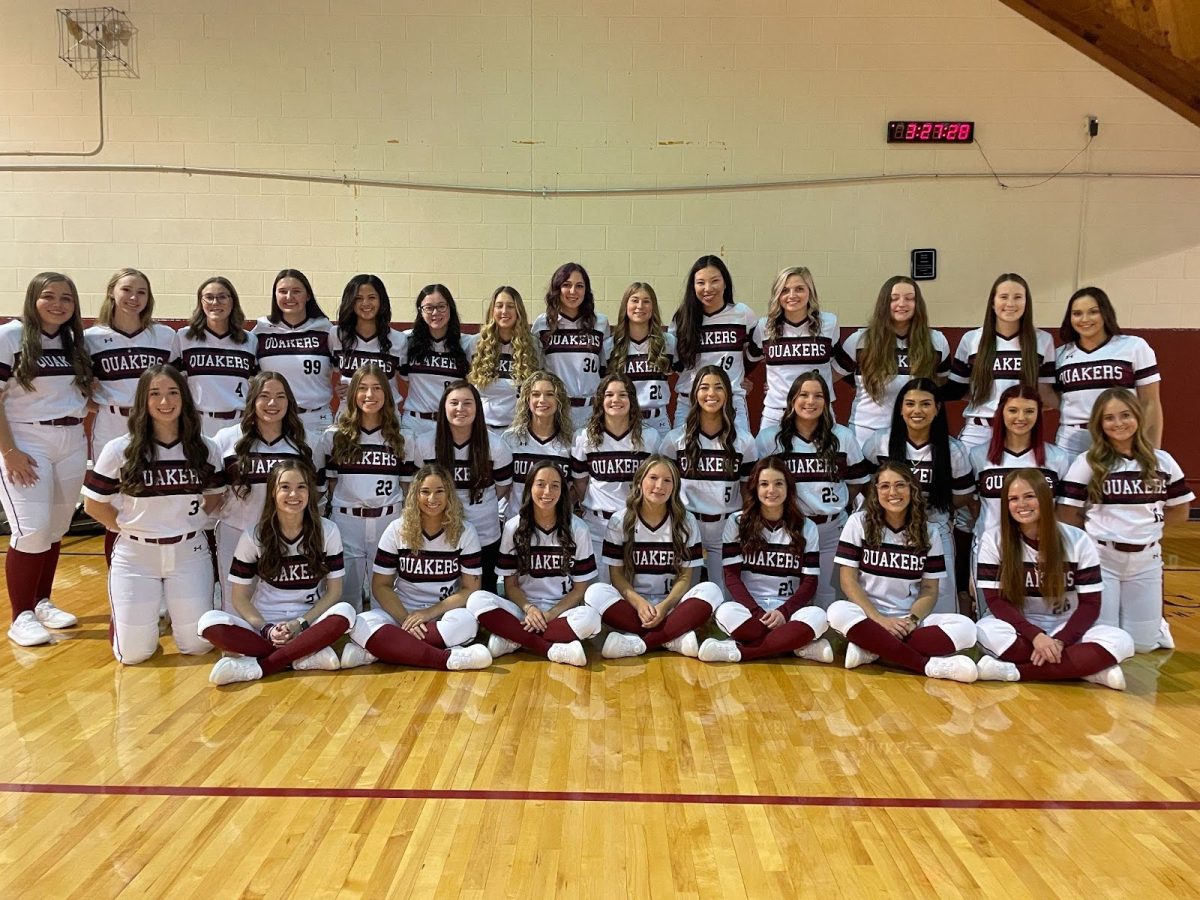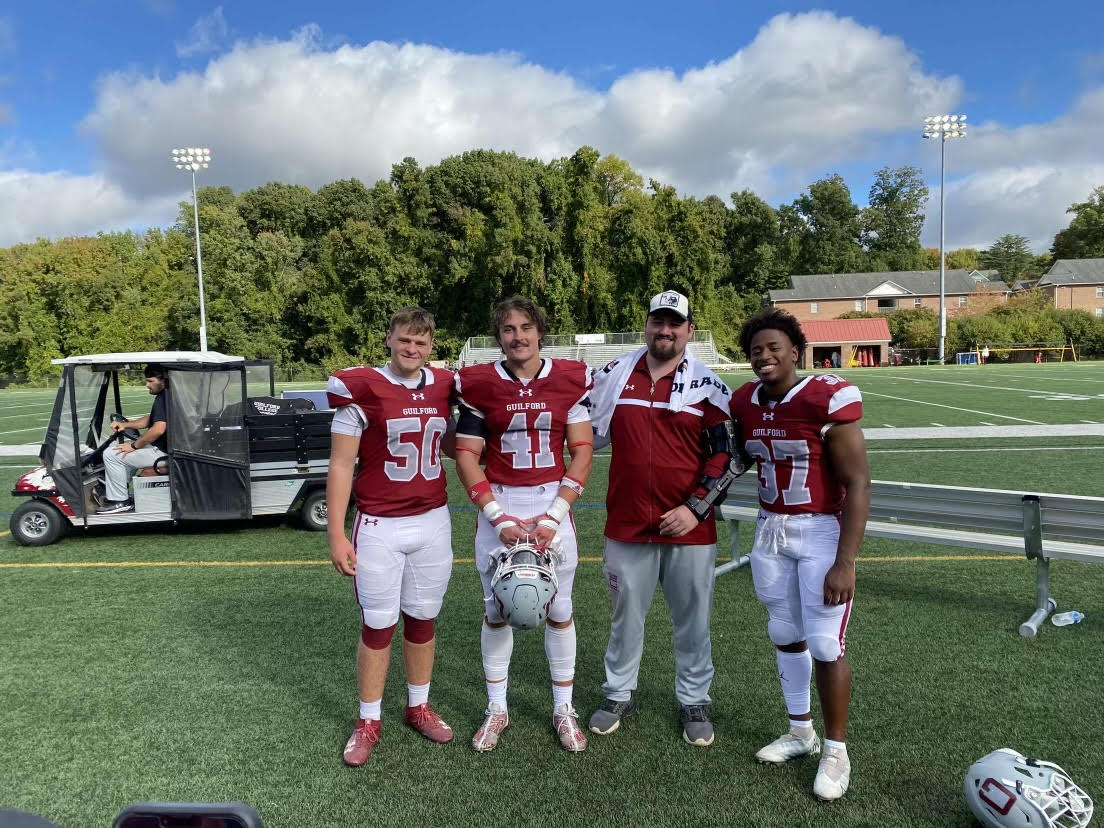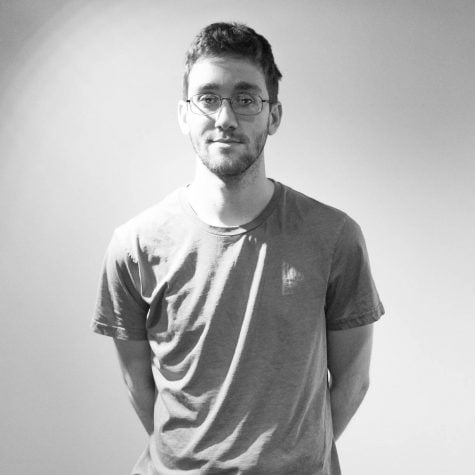The list of college basketball players departing their college basketball programs is extensive.
A plethora of Division I players — 420 as of April 25 — are transferring to other basketball programs, including University of Louisville guard Kevin Ware.
“You hear a lot more about basketball players transferring on ESPN than football (players),” said first-year soccer player Jake Whitsett. “I think it’s much more of an option in college basketball.”
Additionally, a high-caliber group of underclassmen players, led by Duke University forward Jabari Parker, University of Kansas center Joel Embiid and University of Kentucky forward Julius Randle, has declared for the 2014 NBA Draft.
By now, the number of players skipping town for other opportunities is not a surprise in the world of college basketball.
Over the past decade, men’s basketball teams have had a higher percentage of transfers from four-year colleges than other major collegiate sports.
In fact, the influx of athletes from other universities is trending upward.
According to The Salt Lake Tribune, 259 players transferred between D-I schools in 2013, a number which may nearly double in 2014.
What has caused the prevalence of early departures?
When it comes to transferring schools, academics are often not the primary reason.
“A lot of times kids aren’t transferring or leaving because of the environment they’re in,” said University of Florida coach Billy Donovan according to The Salt Lake Tribune. “It generally comes down to one thing, and a lot of times it’s playing time.”
For potential draftees forgoing their education, the discussion directs back to the NBA’s “One-and-Done” rule.
“A lot of Division I athletes aren’t looking for a degree,” said first-year basketball player Miranda Martin.
Instead, many are using college programs as a stepping stone to the NBA.
According to the NBA rulebook, players must be 19 years old and one year removed from high school to be eligible for the draft.
This leaves a few options for those with professional aspirations: play a year in college, play a year overseas, play in the NBA Development League or simply take a year off and train.
“You used to be able to go straight from high school to the NBA,” said Whitsett. “Each year, they’re basically cutting into these guys’ money.”
Transfers and dropouts are causing eligibility problems for universities, which must meet certain standards under the NCAA’s Academic Progress Rate.
Scholarship players earn points for their team’s APR when they stay in school and keep good academic standing.
Failing to meet APR benchmarks could result in reduced practices and games or even postseason bans like the University of Connecticut encountered during the 2012–2013 season.
“Once you become a Division I player, your focus is on athletics, not academics,” said junior Rod Walker. “Coaches focus on building powerhouse programs, instead of finding guys who will benefit the school and the team.”
Future actions taken by the NBA and NCAA may affect the current trend.
NBA commissioner Adam Silver floated the idea of bumping the draft eligible age from 19 to 20.
The proposal would effectively create a “Two-and-Done” rule.
The NCAA Leadership Council tabled a proposal that would get rid of hardship waivers that transferring students use to play immediately after switching schools.
Current rules require transfers to sit out one full season unless they demonstrate family hardship.
These changes have the potential to restore continuity to college basketball and the student-athlete concept.
“I feel you shouldn’t transfer for a sport, you should transfer for the school,” said Martin.

